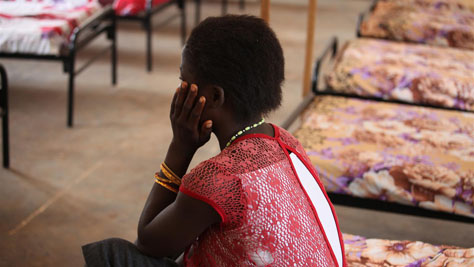Legal Framework and Definition of Grave Violations
 © UNICEF/NYHQ2011-0467/Mia Farrow
© UNICEF/NYHQ2011-0467/Mia Farrow
The MRM was initiated as a formal process on the basis of Security Council Resolution 1612 [PDF], and further strengthened by Resolutions 1882 [PDF] and 1998 [PDF]. As such, these resolutions represent the immediate legal basis and framework of the MRM. Therefore, all personnel involved in the implementation of the MRM must be thoroughly familiar with the Security Council resolutions on children and armed conflict. Additional guidance is provided by the Report of the Secretary-General on CAAC (A/59/695-S/2005/72) [PDF] which includes a comprehensive Action Plan for the establishment of the MRM.
Beyond the resolutions, the MRM is based on legal instruments and norms that are in place for the protection of children affected by armed conflict.10
These include:
- International instruments
- International humanitarian law
- International human rights law, including the UN CRC [PDF] and its Optional Protocols
- International Labour Organization Convention 182 - Worst Forms of Child Labour [PDF]
- Capetown Commitments and Principles - Regional instruments
- African Charter on the Rights and Welfare of the Child - National legislation
- International operational standards
To ensure consistent application in all situations of concern and common terminology of reports, the MRM shall operate on the basis of agreed definitions of the six categories of violations. These definitions are specified in the Field Manual accompanying these Guidelines.11
The six categories of grave violations, as defined under the MRM, constitute acts that contravene international humanitarian law, international human rights law, international criminal law or other international protection norms.
10 Refer to the MRM Field Manual (Section D "The Violations" and Annex II [PDF]) for full details.
11 Footnote reference to the Field Manual definitions.